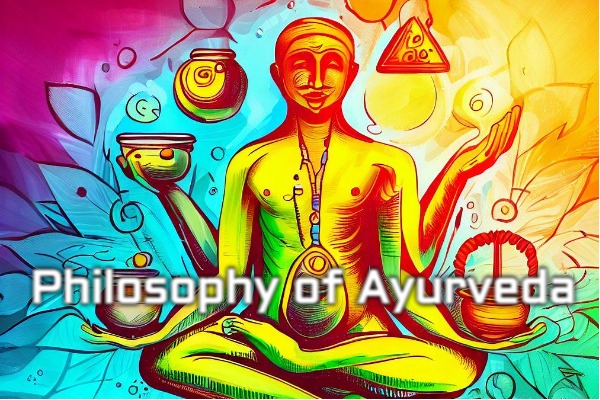Ayurveda is a traditional system of medicine that originated in India over 3,000 years ago. The word Ayurveda comes from the Sanskrit words ayur, meaning “life,” and veda, meaning “knowledge.” Ayurveda is based on the belief that health is a state of balance between the body, mind, and spirit. The goal of Ayurveda is to restore and maintain this balance through a variety of methods, including diet, herbs, yoga, and meditation.
The history of Ayurveda is long and complex. The earliest texts on Ayurveda date back to the 2nd century BC. These texts describe the basic principles of Ayurveda, such as the three doshas (vata, pitta, and kapha), the five elements (earth, air, fire, water, and space), and the three gunas (sattva, rajas, and tamas).
Ayurveda continued to develop over the centuries, and by the 10th century AD, it had become a well-established system of medicine. Ayurveda was widely practiced in India, and it also spread to other parts of Asia, Africa, and Europe.
In the 19th century, Ayurveda declined in popularity in India due to the influence of Western medicine. However, in recent decades, there has been a resurgence of interest in Ayurveda. This is due in part to the growing body of scientific research that supports the effectiveness of Ayurveda.
Ayurveda is a complex and sophisticated system of medicine. It is based on a deep understanding of the human body and mind. Ayurveda can be a valuable tool for promoting health and well-being.
The Philosophy of Ayurveda
The philosophy of Ayurveda is based on the belief that health is a state of balance between the body, mind, and spirit. The goal of Ayurveda is to restore and maintain this balance through a variety of methods, including diet, herbs, yoga, and meditation.
The three doshas (vata, pitta, and kapha) are the fundamental building blocks of the body. They are responsible for all of the body’s functions, including digestion, metabolism, and immunity. When the doshas are in balance, the body is healthy. However, when the doshas are out of balance, it can lead to disease.
Ayurveda identifies five elements (earth, air, fire, water, and space) as the basic building blocks of the universe. These elements combine to form the three doshas. Vata is associated with the elements air and space. Pitta is associated with the elements fire and water. Kapha is associated with the elements earth and water.
The three gunas (sattva, rajas, and tamas) are the three qualities of nature. Sattva is associated with qualities such as purity, clarity, and balance. Rajas is associated with qualities such as activity, passion, and excitement. Tamas is associated with qualities such as inertia, dullness, and darkness.
The goal of Ayurveda is to achieve a state of balance between the doshas, gunas, and elements. This can be done through a variety of methods, including diet, herbs, yoga, and meditation.
Ayurveda is a holistic system of medicine that takes into account the individual’s physical, mental, and spiritual health. It is a valuable tool for promoting health and well-being.


Basic techniques of medicinal
ncism electives
assignment 1 answers please